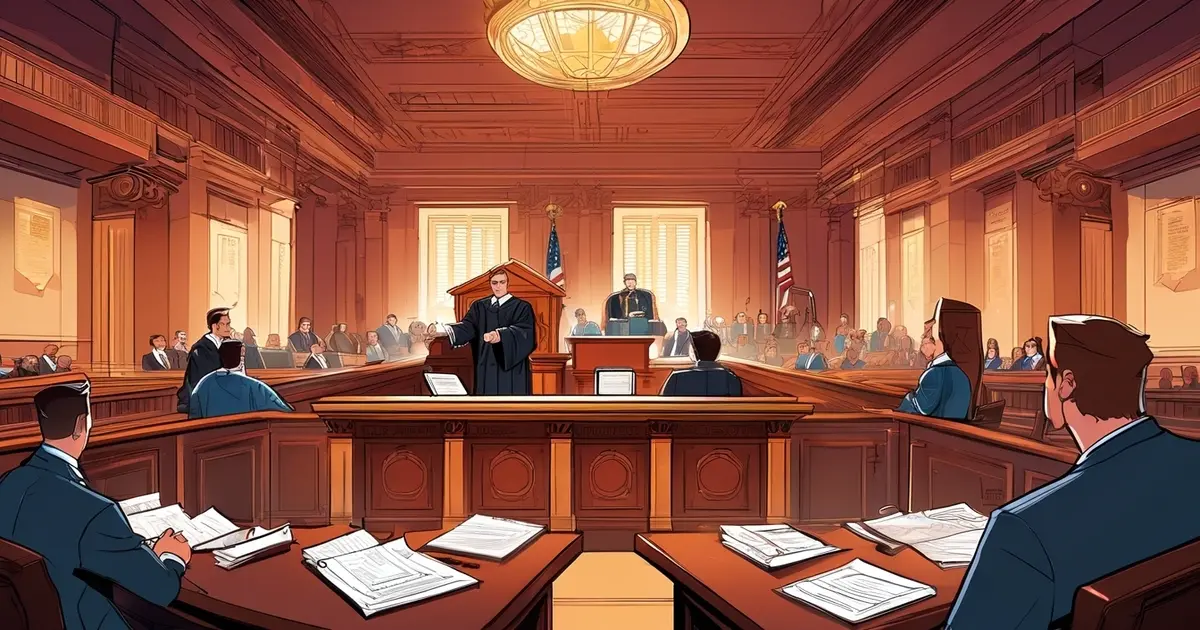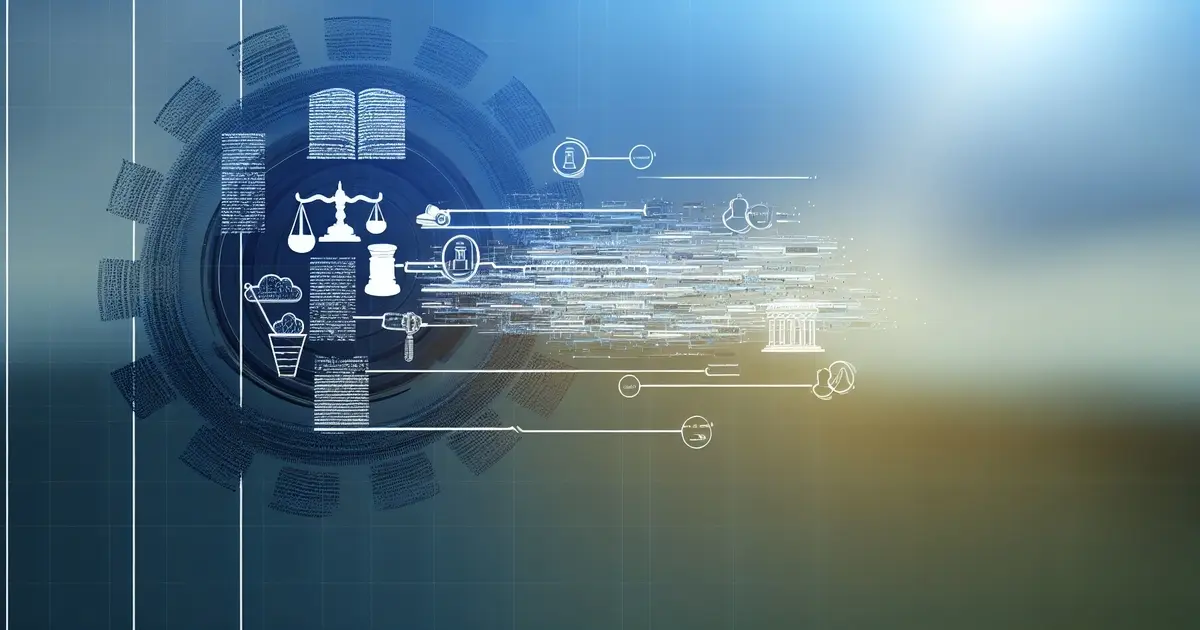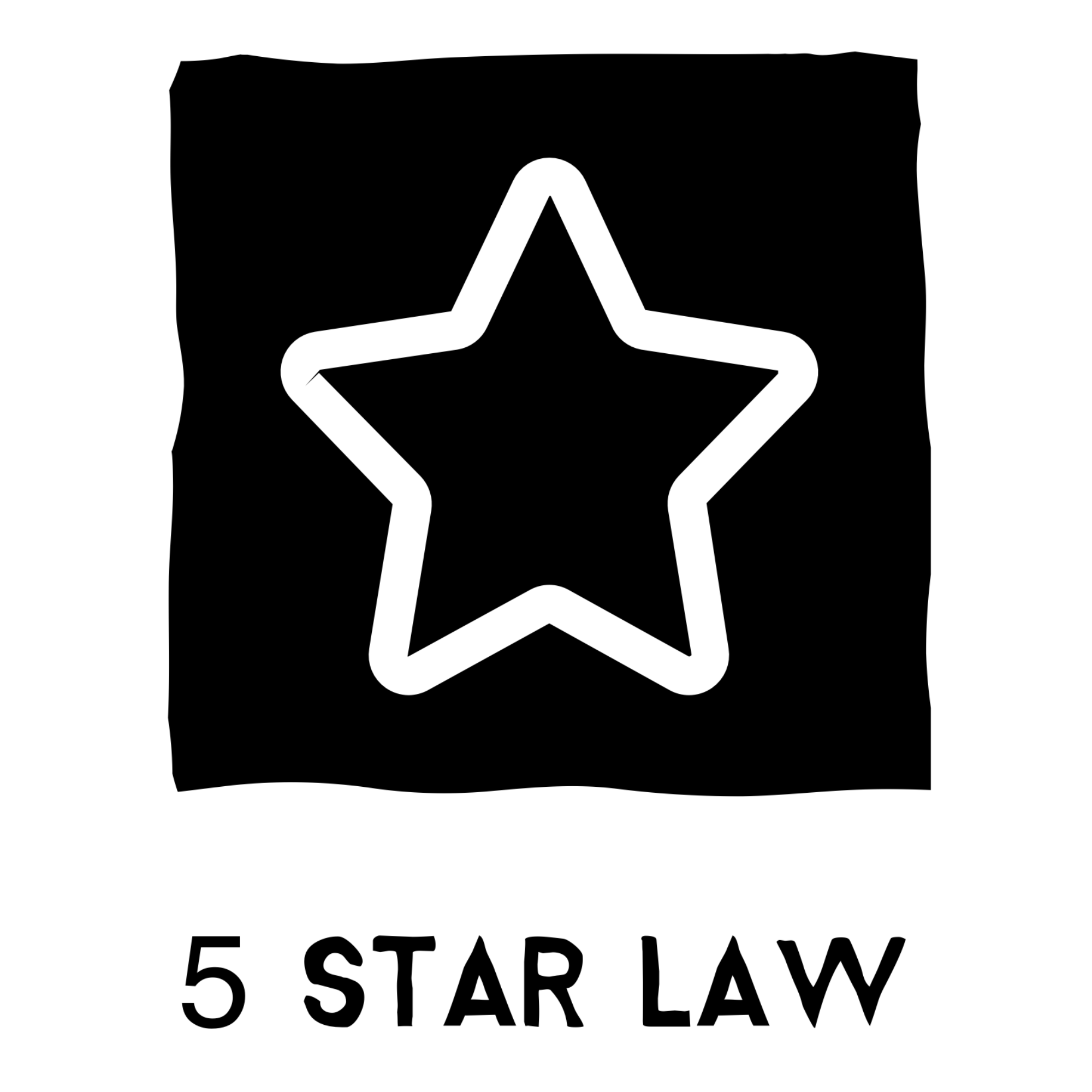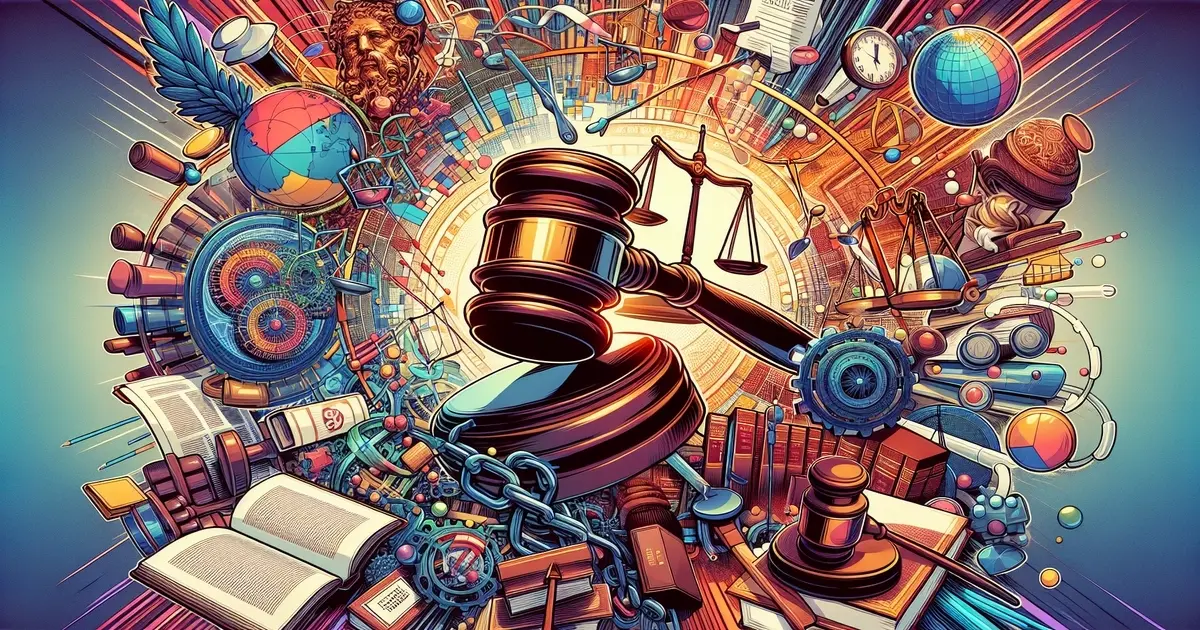Civil Litigation Explained: Process, Types, and Key Terms
Have you ever wondered what keeps the wheels of justice turning in civil court disputes that don't involve criminal charges, like a civil lawsuit or a jury trial, with the aid of a court reporter? Welcome to civil litigation, a legal dispute process where litigants or entities duke it out in a jury trial over non-criminal matters, starting with opening statements.
Whether it's a fallout over contracts, property disputes, or personal injury claims, civil litigation is where these battles are fought and resolved by litigants, with the aid of a court reporter, through opening statements, but not in criminal cases. It’s not just about suing each other in civil court; it’s about litigants seeking justice through legal means in civil lawsuits when all else fails, distinct from criminal cases. So, suppose you're curious about how these courtroom dramas unfold without the crime scene tape and flashing police lights, focusing on criminal cases, civil lawsuits, and the party seeking help. In that case, you're in for an enlightening ride.
Table Of Contents
Civil Litigation Overview
Legal Disputes
Civil litigation involves legal disputes where one party files a complaint, and the goal is to obtain monetary compensation or specific performance rather than criminal sanctions. This type of legal action, known as a civil lawsuit, typically arises when an individual, known as the plaintiff, claims through a complaint that another party, the defendant, has failed to uphold their legal rights. The disputes in civil or criminal cases can span various areas, such as personal injury, property damage, or contract issues, involving a complaint from one party.
The process starts with the plaintiff, as one party, filing a lawsuit against the defendant in criminal cases. This marks the beginning of a potentially lengthy journey through the civil law system—a system deeply rooted in traditions from Italy and France involving multiple parties. Unlike common law, which relies heavily on case precedents and judicial opinions, civil law is characterized by its intellectualized framework derived from Roman and French civil codes.
No Criminal Penalties
One key aspect of civil litigation is that it does not involve criminal charges or penalties. Instead, it focuses on resolving disagreements between individuals or organizations in a civil lawsuit over legal rights and duties. These cases provide a platform for parties to present evidence and arguments to support their claims or defenses under existing laws.
Civil lawsuits are decided based on preponderance of evidence rather than beyond reasonable doubt—a standard used in criminal trials—making them fundamentally different in approach and intent.
Moreover, within this realm falls the Napoleonic Code—the most widespread system of law globally—which emphasizes concise yet broadly applicable texts guiding these non-criminal proceedings.
Civil Law System
The civil law system, distinguished by its origins in European countries like Italy and France, operates on principles distinct from standard law systems in English-speaking nations. It's structured around comprehensive legal codes covering an extensive array of subjects, including but not limited to personal injury and property disputes mentioned earlier.
This system often employs an inquisitorial method where judges play an active role during trials; they investigate facts instead of relying solely on parties' presentations, like in adversarial systems seen commonly within common-law jurisdictions.
Key Differences:
- Focuses more on written statutes than judicial decisions.
- Judges actively gather facts.
- Utilizes broad yet concise legal texts for guidance.
Roles of Civil Litigation Professionals
Lawyers' Duties
Lawyers play a pivotal role in civil litigation. They represent the parties involved, either as plaintiffs or defendants. Their job is to advocate on their client's behalf, presenting evidence and arguments that support their case.
A lawyer’s work involves extensive research and strategic planning. They gather facts, interview witnesses, and develop legal theories. Their goal is to persuade the judge or jury to favor their client. In many instances, lawyers negotiate settlements outside court to avoid lengthy trials.
Paralegals' Support
Paralegals are the backbone of any legal team in civil litigation. They assist lawyers by handling case preparation and managing important documents. This includes drafting pleadings, motions, and other legal filings.
Their responsibilities extend beyond paperwork.
- Organizing evidence
- Scheduling meetings with clients
- Maintaining communication lines open between all parties involved
Paralegals often conduct legal research, too. This helps build a stronger case for their team.
Judges' Role
Judges have a critical position in civil litigation. They make decisions based on the law and evidence presented during trials. Their impartiality ensures fair proceedings for both sides.
A judge's duties include:
- Listening to arguments from both parties
- Reviewing evidence carefully
- Applying relevant laws to determine outcomes
They may also facilitate settlement discussions before the trial begins.

Understanding Civil Litigation Terms
Key Players
In civil litigation, two leading roles stand out. The plaintiff is the one who starts the lawsuit. They believe they have been wronged and seek justice through legal means. On the other hand, the defendant is on the receiving end of this lawsuit. They are required to respond to the plaintiff's claims.
The difference between these two roles is crucial in understanding how civil litigation unfolds. The plaintiff brings their grievances to court, hoping for resolution or compensation. Meanwhile, defendants must prepare a defense against these accusations. Both sides play pivotal roles throughout the litigation process.
Legal Process
Litigation represents more than just a trial; it's an entire journey through resolving disputes legally. This term encompasses everything from filing lawsuits to courtroom battles and even post-trial motions.
Understanding litigation as a comprehensive process helps demystify what happens in civil cases. It involves numerous steps like discovery, where both parties exchange information, and pre-trial negotiations to settle before reaching court.
Seeking Compensation
At its core, many civil litigations revolve around damages — or compensation sought by plaintiffs for alleged harms done unto them by defendants.
Damages can be monetary or non-monetary but always aim to rectify some loss suffered by plaintiffs due to defendants' actions or negligence. Types of damages include compensatory (for actual losses), punitive (to punish wrongdoing), and nominal (symbolic recognition of harm without significant financial loss).
The Civil Litigation Process
Filing a Complaint
The first step in the civil litigation process is filing a complaint. This document lays out the plaintiff's case against the defendant. It details what harm or injury was caused and how.
After filing, the plaintiff must notify the defendant. This serves as an official invitation to respond to the allegations against them.
Pre-Trial Negotiations
Before stepping into a courtroom, both sides often try negotiation. They aim to reach an agreement without going to trial. Lawyers from both sides play vital roles here.
Mediation efforts can also be part of this phase. A neutral third party helps litigants find common ground for settlement.
Court Proceedings
If negotiations fail, the lawsuit moves on to civil court proceedings. Here, both parties present their cases before a judge or jury.
The process includes presenting evidence and cross-examining witnesses. It's rigorous and requires careful preparation by all involved.
Judgment or Settlement
The final stage is reaching a judgment or settlement agreement. A court judgment comes after deliberation by a judge or jury based on presented facts.
A settlement is an agreement reached between parties outside of court judgment, often seen as quicker and less costly.
Different Types of Civil Litigation Cases
Contract Disputes
Contract disputes are a common type of civil litigation. They happen when people disagree about the terms of an agreement. This can involve anything from business contracts to rental agreements.
In these cases, one party might feel that the other didn't stick to what was agreed upon. For example, if someone hires a contractor to renovate their kitchen, but the work is not completed as expected, this could lead to a contract dispute. The goal in such litigations is often either enforcing the contract or getting compensation for losses caused by the breach.
Personal Injury Claims
Personal injury claims are another prevalent form of civil litigation. These cases arise when someone gets hurt because another person was negligent.
Victims can seek damages for their injuries and losses. This includes medical bills, lost wages, and pain and suffering. An example would be someone slipping on an unmarked wet floor in a store and getting injured. In such instances, personal injury claims help victims recover financially from their accidents.
Property Disputes
Property disputes cover issues related to land and buildings ownership or use. These disagreements can be over boundary lines or property damage by neighbors.
One typical scenario involves two homeowners arguing over where one property ends and the other begins. Another case might be when someone builds something that infringes on another's land without permission. Solving these disputes usually requires legal intervention to determine rights and enforce them accordingly.
- Types of civil litigation vary widely but share a common goal: resolving disputes under the law's guidance.
- Each type has its unique challenges requiring specialized legal knowledge.
Civil cases like these play crucial roles in maintaining order within society by ensuring fairness based on established laws.
Critical Steps in a Civil Lawsuit
Filing Complaint
The first crucial step in a civil lawsuit is filing the initial complaint. This document lays out the plaintiff's argument and what they seek from the court. It must be precise, clear, and within legal grounds.
After filing comes the service of process on the defendant. This ensures that the person or entity being sued knows about it. They receive copies of all documents filed with the court.
Discovery Phase
Next, both parties enter the discovery phase. Here, they exchange evidence related to their case. This step is vital for building a solid argument.
Discovery can include written questions (interrogatories), document requests, and depositions (interviews under oath). Both sides learn what evidence might appear at trial during this phase.
Trial Process
Finally, there's the trial itself. It involves witness testimony and presentation of evidence before a judge or jury.
Trials have opening statements by each side’s attorney, witness testimonies, and cross-examinations. After closing arguments, a judge or jury decides based on what was presented.
Pleadings and Discovery Process
Pleadings Phase
Pleadings are the first step in the civil litigation process. They set the stage for what's to come. Here, both parties outline their claims and defenses. The plaintiff kicks things off with a complaint. This document lays out why they're suing and what they want.
The defendant then responds with an answer. This is where they admit or deny the allegations made against them. They might even bring up new facts or their claims against the plaintiff.
Pleadings help everyone understand the dispute better. They clarify what each side believes happened and what outcome they seek.
Discovery Stage
Discovery is all about gathering facts before the trial begins. It aims to reduce surprises that could derail a case later on.
There are several tools at your disposal during discovery:
- Interrogatories: These are written questions that one party sends to another, requiring answers under oath.
- Depositions involve questioning a person under oath before trial but outside of court.
- Document requests: Parties can ask each other for relevant documents related to the case.
These methods help both sides collect valuable information about their opponent’s arguments and evidence.
During discovery, it's not just about collecting evidence you think will support your case; it's also crucial to fully understand your opponent’s position.
Discovery can be lengthy but is vital for preparing for trial effectively.

Trial and Post-Trial Actions
Jury Decision
After the pleadings and discovery process, civil litigation moves to trial. Here, a jury or judge examines the presented evidence. This step is crucial in determining the outcome of the case.
In a jury trial, selected individuals listen to arguments from both sides. They review evidence such as documents, witness testimonies, and expert opinions. The jury's role is to assess this information impartially. After deliberation, they reach a verdict based on what they believe happened.
Judges also play a crucial role in trials without juries. They perform similar duties as jurors and ensure that legal procedures are followed correctly during the trial.
Motions and Appeals
Post-trial actions can significantly impact the initial verdict.
Parties may file motions after a verdict has been given. These post-trial motions often seek to alter or challenge the decision made at trial. For example:
- A motion for a new trial might be filed if significant errors occurred.
- Parties could request an adjustment in damages awarded.
If these motions do not yield satisfactory outcomes for either party, filing an appeal is another option. Appeals focus on legal errors believed to have unfairly influenced the court's decision. During an appeal:
- A higher court reviews records from the original case.
- No new evidence is presented; it scrutinizes potential mistakes in applying law or procedural issues.
This stage emphasizes reviewing whether justice was served relatively according to law rather than re-examining factual disputes about what happened.
Value of Skilled Civil Litigation Attorneys
Legal Expertise
Skilled civil litigation attorneys deeply understand complex legal procedures and laws. Their expertise is crucial in navigating the intricacies of civil litigation cases. They know how to handle the documents, evidence, and filings that can overwhelm someone without a legal background.
A seasoned attorney can identify the strengths and weaknesses of a case quickly. This ability allows them to advise their clients accurately on whether to settle or proceed to trial. For instance, they might spot a procedural error in the opposing party's documentation that could tilt the case in your favor.
Negotiation Skills
Negotiation is an art mastered by experienced civil litigation attorneys. They use their skills to negotiate favorable settlements outside court, often saving time and money for their clients. A reasonable settlement can resolve disputes efficiently without requiring a lengthy trial process.
These attorneys understand what's at stake and leverage their knowledge during negotiations to achieve outcomes beneficial for their clients. For example, through skilled negotiation, an attorney might secure compensation that covers immediate damages and future losses related to the dispute.
Courtroom Representation
Representation by skilled attorneys maximizes your chances of success if your case goes to court. These professionals are adept at presenting arguments compellingly before judges or juries. Their experience in courtroom proceedings gives them an edge over less prepared opponents.
They prepare meticulously, foreseeing possible defenses from the other side and strategizing accordingly. An Experienced litigator knows how important it is not just what you say but how you say it; thus, they excel at making persuasive oral arguments and drafting convincing written submissions.
Navigating the maze of civil litigation can feel like a Herculean task, but armed with the insights from this guide, you're better equipped than ever. You've got the lowdown on everything from the nitty-gritty of legal jargon to the pivotal roles played by litigation professionals. Civil cases can range from disputes over contracts to personal injury claims, and understanding each phase—from pleadings to post-trial actions—can make all the difference. Remember, it's not just about knowing the steps; it's about mastering them.
So, what's next? Don't let this be where your journey ends. Take action. Consider contacting a skilled civil litigation attorney if you're eyeing a career in legal services or facing a civil suit. Their expertise could be your game-changer, turning complex legal challenges into manageable hurdles. Dive deeper, ask questions, and turn knowledge into power together.
Frequently Asked Questions
What is Civil Litigation?
Civil litigation is resolving disputes between individuals or entities through the court system. It's like a formal arena where conflicts over contracts, property, and personal rights get settled.
Who are Civil Litigation Professionals?
These are the legal experts—lawyers, paralegals, and judges—who navigate the murky waters of civil disputes. Think of them as your guides through the complex jungle of legal procedures.
Can you explain some common Civil Litigation Terms?
Sure! "Plaintiff" refers to the person who brings the case to court, while "defendant" is on the receiving end. "Pleadings" are formal documents stating each party’s story. It's like setting up players on a chessboard before a match begins.
What happens during The Civil Litigation Process?
It starts with filing a complaint and ends with a judgment after possibly going through discovery (evidence gathering), trial, and sometimes an appeal. Imagine it as embarking on a journey from confusion towards clarity and resolution.
How many types of Civil Litigation Cases are there?
There’s quite an array - from family law disputes to intellectual property battles. Picture walking into different rooms in a vast museum; each room showcases unique stories but all under one roof called civil litigation.
What are the Key Steps in a Civil Lawsuit?
First comes filing pleadings; parties may exchange information during discovery before heading to trial if necessary. Think of it as crafting your narrative (pleadings), collecting your arsenal (discovery), and then entering the battlefield (trial).
Why is having Skilled Civil Litigation Attorneys necessary?
They're your champions in navigating this complex terrain, offering advice, representing you fiercely in court, and aiming for favorable outcomes. Without them by your side, it’s like sailing stormy seas without an experienced captain.
Related Post
Divorce Proceedings
Divorce proceedings, including separation and visitation issues, can feel like a labyrinth, with each turn presenting new challenges, such as seeking legal advice and decisions about arbitration, that impact your future.
Read MoreEstate Planning Essentials
Did you know that over 60% of Americans don't have any form of estate planning in place, leaving their time of death and the distribution of their assets potentially up to court services?
Read MoreCriminal Proceedings
Diving into criminal proceedings can feel like stepping into a labyrinth, where each turn presents new challenges, unexpected twists, and steps that witnesses and future hands must navigate.
Read MoreLegal Processes
Have you ever wondered why legal processes feel like a labyrinth? You're not alone. The world of law is intricate, filled with procedures and jargon like 'preliminary hearing,' 'separate proceeding,' 'criminal cases,' and 'juro and 'jurors' that can seem like a foreign language to the uninitiated.
Read More




